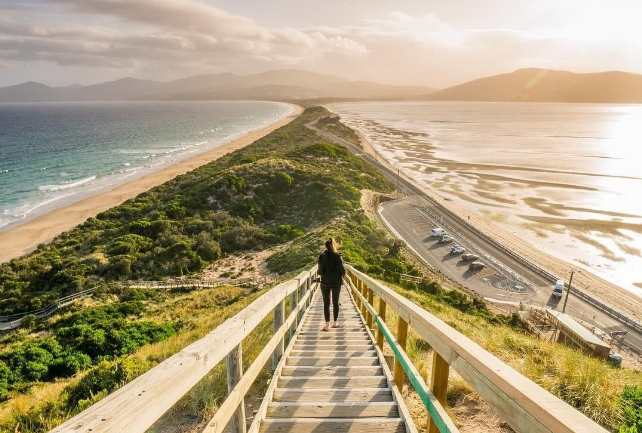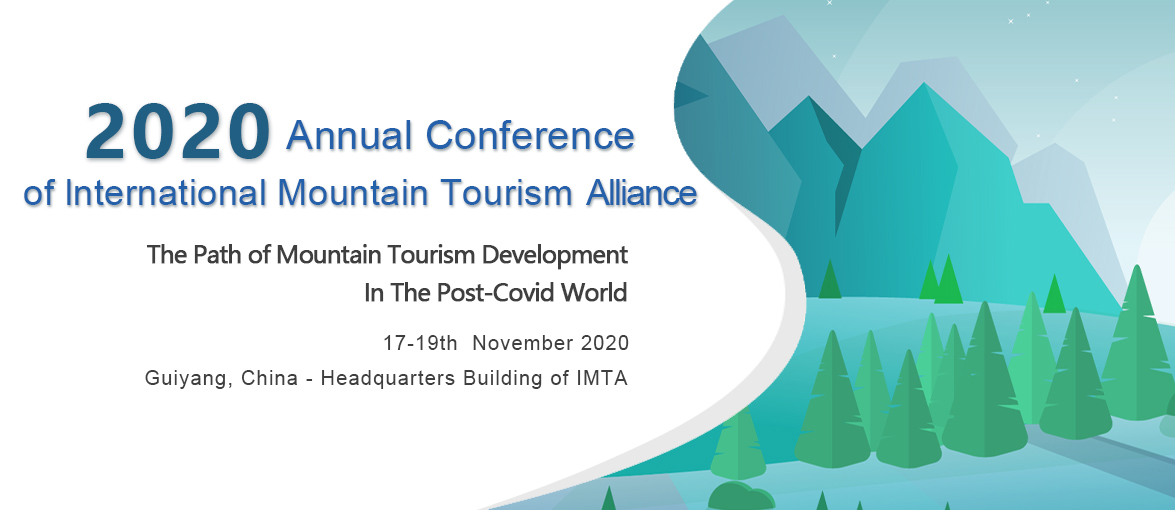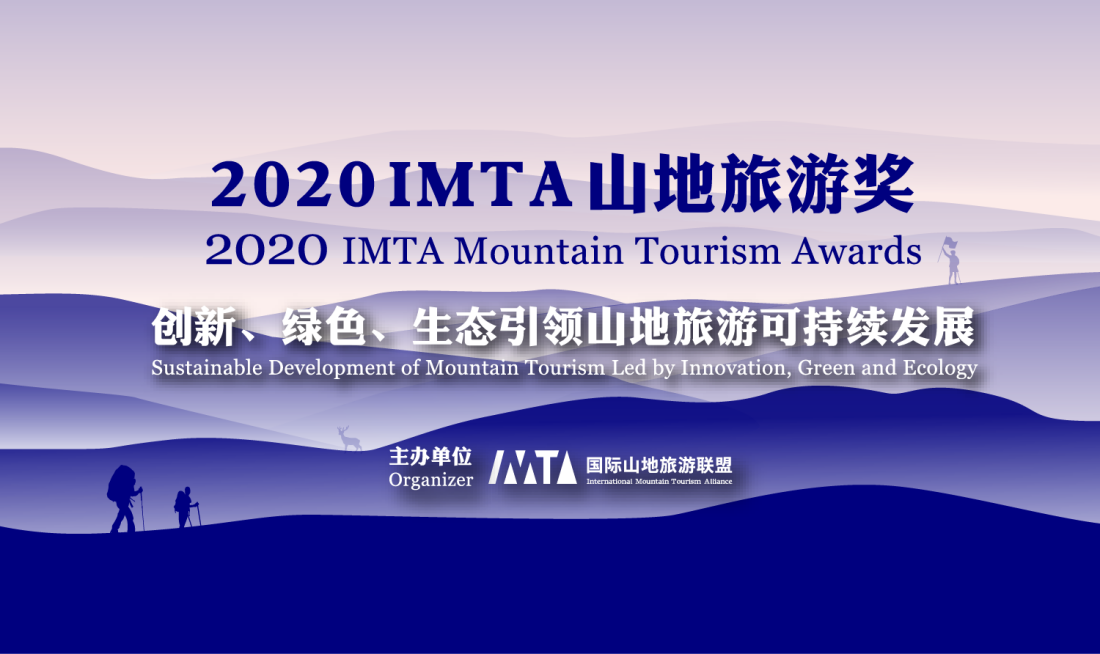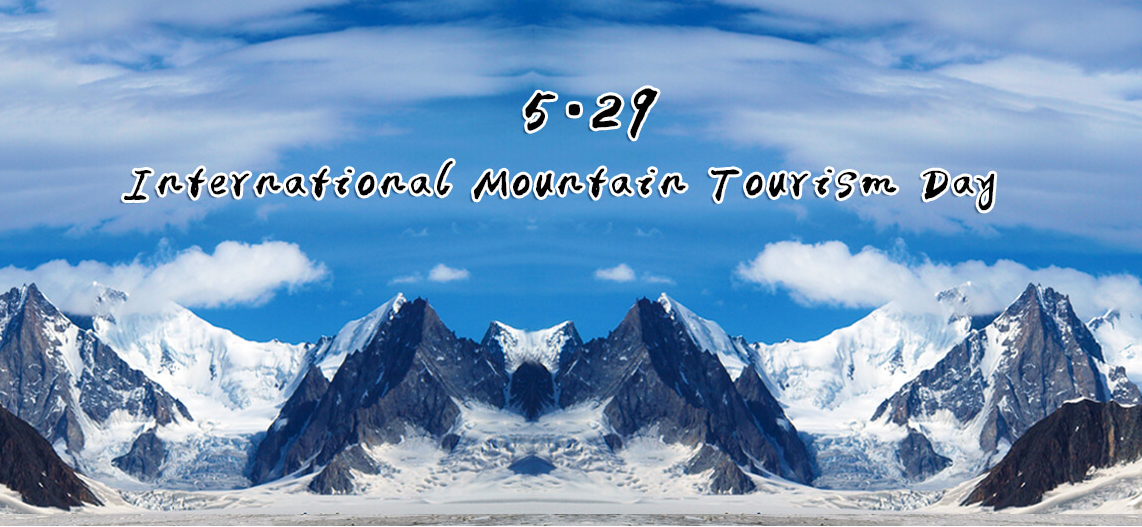With a recovery in the inbound market in sight, Tourism Tasmania has recently worked with local government and industry partners to develop the Tasmania Tourism Economy Strategy 2030, a strong future plan that sets the vision and direction for the local tourism industry, ensuring that tourism will continue to benefit future visitors and residents and drive local economic development.

Tourism in Tasmania contributes 6% of the state's GDP, the highest in Australia, and provides 13% of theTourism in Tasmania contributes 6% of the state's GDP, the highest in Australia, and provides 13% of the employment.Tourism in Tasmania contributes 6% of the state's GDP, the highest in Australia, and provides 13% of the employment. Sarah Clark, CEO of Tourism Tasmania, said the 2030 strategy for the tourism economyTourism in Tasmania contributes 6% of the state's GDP, the highest in Australia, and provides 13% of the employment. Sarah Clark, CEO of Tourism Tasmania, said the 2030 strategy for the tourism economy in Tasmania will promote the state to target customers in a proper way and balance the development of tourism and the protection of the natural environment. The strategy explores how residents can live in harmony with tourism and how the beautiful environment can be protected. It also focuses on building the economy and looking at all aspects of tourism to create closer partnerships between travellers, communities and industry professionals to promote a healthy, well-rounded and win-win situation. In addition, Tourism in Tasmania contributes 6% of the state's GDP, the highest in Australia, and provides 13% of the employment. Sarah Clark, CEO of Tourism Tasmania, said the 2030 strategy for the tourism economy in Tasmania will promote the state to target customers in a proper way and balance the development of tourism and the protection of the natural environment. The strategy explores how residents can live in harmony with tourism and how the beautiful environment can be protected. It also focuses on building the economy and looking at all aspects of tourism to create closer partnerships between travellers, communities and industry professionals to promote a healthy, well-rounded and win-win situation. In addition, a new website and an "Explore Tasmania" app will be launched in the near future to help visitors plan their trips, and a new audio guide will be created for the visually impaired.
Sarah Clark emphasized that the tourism industry in Tasmania has had an amazing performance in the past 18 months, with tourism spending reaching an all-time high of AUD 3.9 billion (about 18.4 billion yuan), significantly higher than the pre-pandemic level of AUD 2.3 billion (about 10.56 billion yuan). This was mainly driven by the domestic market. Now, the number of tourists in Tasmania has returned to the pre-pandemic level, and spending has also increased significantly. Travelers not only stay longer, but also spend more money on experiences. Business for Tasmania's tourism operators has also recovered well. Based on this, Tasmania is in advanced talks with a number of airlines to promote direct flights to more international source markets, so that travelers can directly go to Hobart without transferring through Melbourne or Sydney. Meanwhile, Hobart Airport will also benefit from a government-funded AUD 60 million (about 280 million yuan) to upgrade its runway, taxiway and parking apron in the next two years.
Hobart to build new waterfront stadium
On the infrastructure front, Hobart, the capital of Tasmania, will also begin construction on a brand new waterfront stadium starting in 2025. When completed in 2029, it will be home to Tasmania's first AFL team, as well as the latest venue choice for major concerts, conferences, exhibitions and sporting events, expected to attract an additional 587,000 visitors annually. The stadium will generate A$300 million (1.4 billion yuan) of additional economic activity and 4,200 jobs during construction, and A$85 million (410 million yuan) of additional economic activity and 950 jobs annually during operation. Up to 6,720 jobs will be created in the surrounding area.
Tourism operators in Tasmania believe that their country has achieved remarkable results in sustainable development. Tasmania not only has 100% renewable electricity, but also becomes a carbon-neutral state due to its natural environment. In the future, Tasmania will be committed to maintaining net zero carbon emissions and actively encourage local enterprises to reduce carbon emissions. This theme is very attractive to Chinese tourists. It is planned to launch exclusive sustainable themed trips with more Chinese travel agencies for specific business groups.
Singapore is now the fastest recovering international source market, having returned to pre-pandemic levels in March 2023, the only country to achieve this record. The other top three inbound source markets include the US and New Zealand. Chinese markets, while showing strong interest in Tasmania, have yet to make a strong return.














